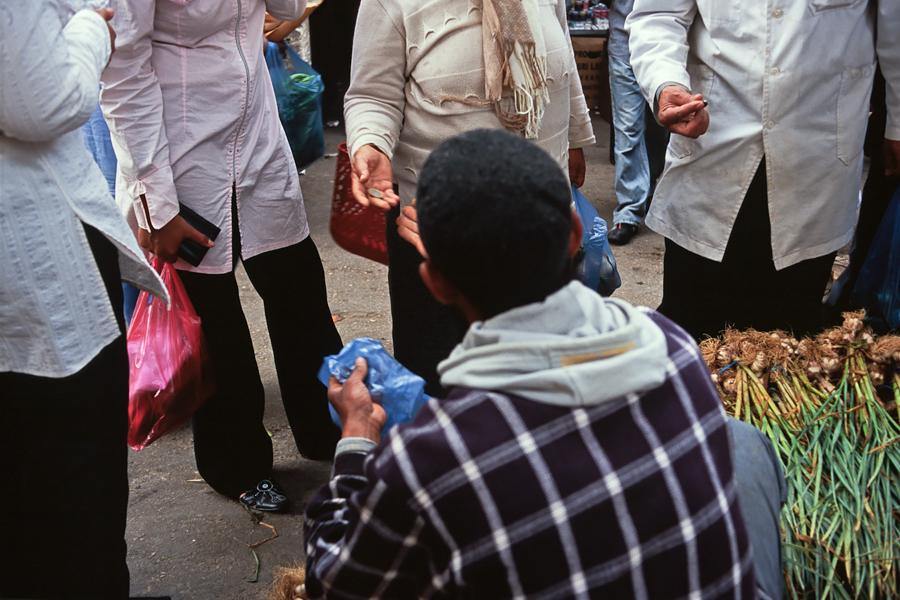tuga
Legal Alien
I'm struggling to get good colours from a batch of slide film scans.
Skin tones are particularly off...
I find that adjusting Temperature and Tint is not enough and need to make some HSL adjustments...
Anyone have good tips on how to address this on ACR or Lightroom?
Should I adjust Lighting and Contrast first, then HSL and finally White Balance?
The images were scanned ages ago with a Canon FS4000 scanner using VueScan and saved as DNG.
I had forgotten how much I hated the amount of tweaking required to extract anything decent from my ...
Skin tones are particularly off...
I find that adjusting Temperature and Tint is not enough and need to make some HSL adjustments...
Anyone have good tips on how to address this on ACR or Lightroom?
Should I adjust Lighting and Contrast first, then HSL and finally White Balance?
The images were scanned ages ago with a Canon FS4000 scanner using VueScan and saved as DNG.
I had forgotten how much I hated the amount of tweaking required to extract anything decent from my ...


